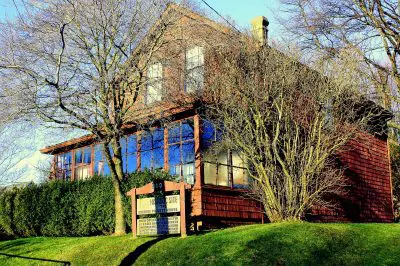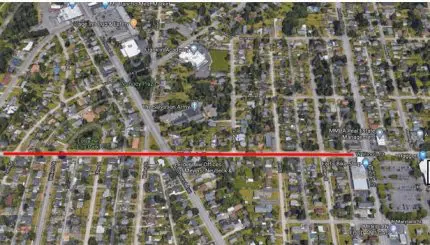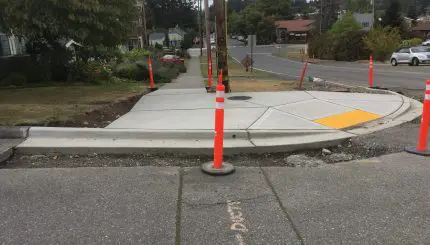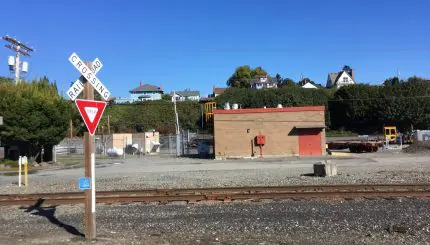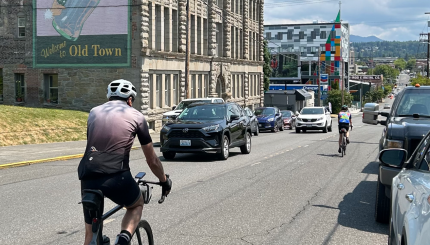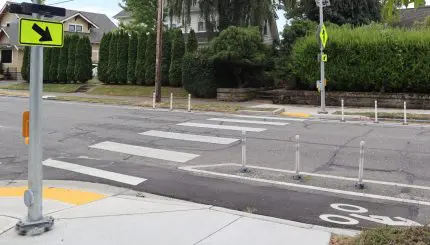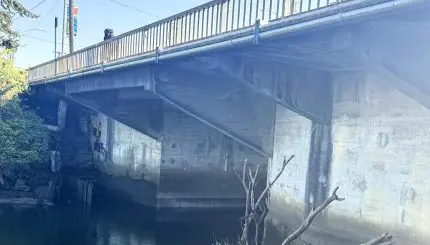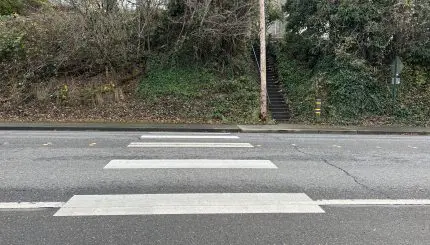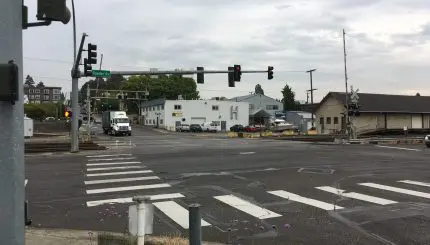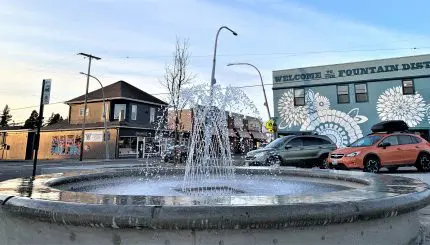The lower falls on Whatcom Creek provided energy for the sawmills, which attracted the first settlers to the town of Whatcom beginning in the 1850’s. The brick building located in the 1300 block of “E” Street and the Pickett House, at 910 Bancroft, survives from this early period.
More important than individual histories, however, is the collective historical character of the neighborhood. Constructed for the most part in the late 1890’s and early 1900’s, the neighborhood was established as a middle-class community adjacent to the city’s downtown district. Non-residential structures built during the same era of the early 1900’s also contribute to the historic character of the neighborhood. The Great Northern Depot (1927), Aftermath Clubhouse (1914), Roth Block (1890), and First Christian Church site at Girard and A Streets are all on the National Historic Register. The Roeder School (1908), Unity Church (1884), the buildings along W. Holly, and Aker’s Taxidermist (1906) at “I” and Astor – originally the Baptist School of Industries – all have local historic significance.
This neighborhood became run-down in the 1960’s, but neighbors, with the help of the Community Development Block Grant Program, put in new streets, sidewalks, sewer and water lines, and street trees, and retrofitted hundreds of homes.
Today, this diverse neighborhood includes single family homes, small apartment buildings, offices in older homes and new buildings, small parks and the Whatcom Middle School/Battersby Field complex. Attesting to its ongoing popularity, the neighborhood was home to nearly 3,000 Bellingham residents according to the 2000 census.
Maritime Heritage Park, located on Whatcom Creek, defines the southern boundary of the neighborhood and is a popular multi-use park, fish-hatchery, and educational facility. The public can also learn about the life cycle of the salmon and view the large numbers of fish returning each year to the hatchery. The nine block long Old Village Trail was developed as a useful neighborhood connection.
Photos
Historic Resource Survey and Inventory Project
Three neighborhoods (Lettered Streets, South Hill and York) were selected to take part in the 2007-2009 Preserve America Historic Resource Survey and Inventory Project. Historic Preservation Northwest performed the grant work and the documents below provide an overview of the information gathered. The grant proposal also included the nomination of the Cissna Cottages Historic District to the National Register of Historic Places.
Survey Summary (2,103K PDF)
Construction Dates
Architectural Styles
Resources
Neighborhood Plan (PDF)
Neighborhood Zoning Table
Lettered Street Survey Documents
Lettered Streets Neighborhood Association
Maps
Aerial photo (1,027K PDF)
Basemap (3,306K PDF)
Circulation (589K PDF)
Comprehensive Plan land use (164KPDF)
Current land use (1,566K PDF)
Zoning (187K PDF)

